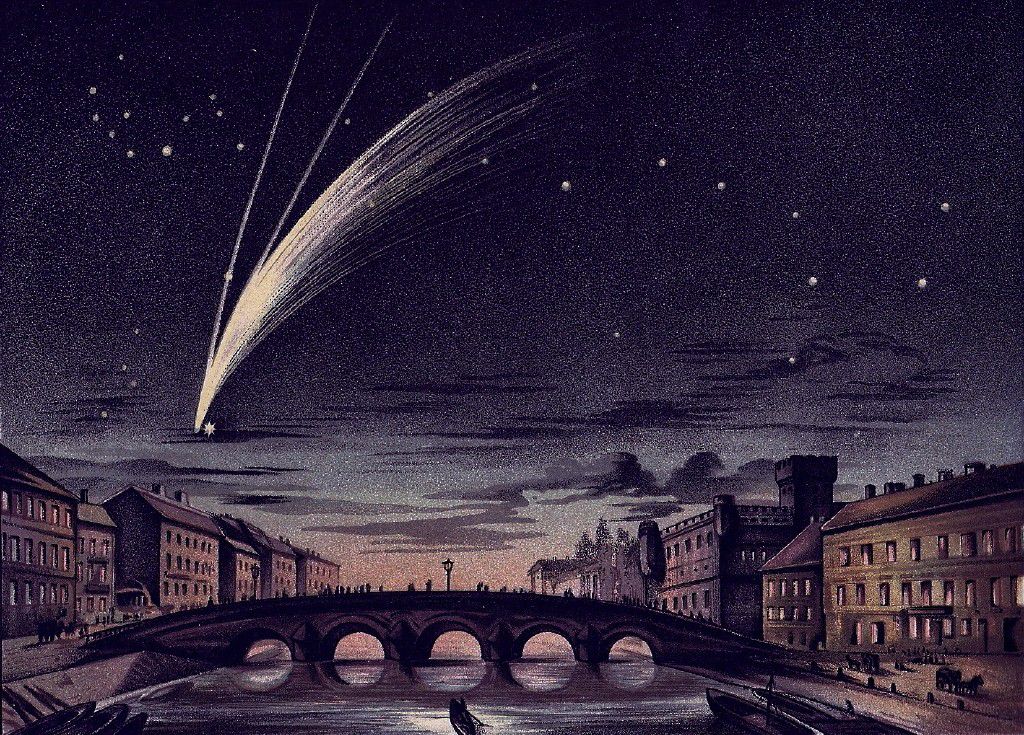-
 Low consumption home
Low consumption home
-
 Fresh water
Fresh water
-
 CGS system
CGS system
-
 NAO
NAO
-
 Optical disk
Optical disk
-
 Jilin petrochemical plant disaster
Jilin petrochemical plant disaster
-
 Key escrow
Key escrow
-
 DVD-Ram
DVD-Ram
-
 Ogino method
Ogino method
-
 Achromatopsia
Achromatopsia
-
 Single-flow CMV
Single-flow CMV
-
 Isoleucine
Isoleucine
-
 Hayabusa
Hayabusa
-
 Protostome
Protostome
-
 Phytotoxic
Phytotoxic
-
 Smallpox
Smallpox
-
 General relativity
General relativity
-
 CMB
CMB
-
 Creosote
Creosote
-
 Humerus
Humerus
-
 Chordates
Chordates
-
 CNO Cycle
CNO Cycle
-
 Phytochrome
Phytochrome
-
 Trojan horse
Trojan horse
-
 Exothermic
Exothermic
-
 Lavender
Lavender
-
 Heavy mud
Heavy mud
-
 Kiwi
Kiwi
-
 Gliding.
Gliding.
-
 CHILL
CHILL
Donati's comet
The C/1858 L1 comet was discovered on 2 June 1858 by the Italian astronomer Giovanni Donati from the Florence observatory (of which he became director the following year). It is considered to be the second largest comet of the 19th century after the 1811 comet. At magnitude 0 at its maximum, it could be seen with the naked eye for four months. It should be said that at that time light pollution was non-existent, allowing the splendour of the night sky to be admired even from town centres.
In October 1858 Donati's comet became magnificent. It had a beautiful tail of dust curved over 30 apparent degrees, and two plasma tails that stretched over 60 apparent degrees, or more than 70 million kilometres. There were many gas and dust jets from its nucleus, called "fountains", caused by the action of the Sun. Benefiting from the development of photography, Donati's comet was the first to be recorded using this technique. Its orbital period was estimated to be two thousand years.
 Donati's comet depicted by E. Weiß on 5 October 1858 passing beside Arcturus in the constellation of Boötes.
Donati's comet depicted by E. Weiß on 5 October 1858 passing beside Arcturus in the constellation of Boötes.
Latest
Fill out my online form.



